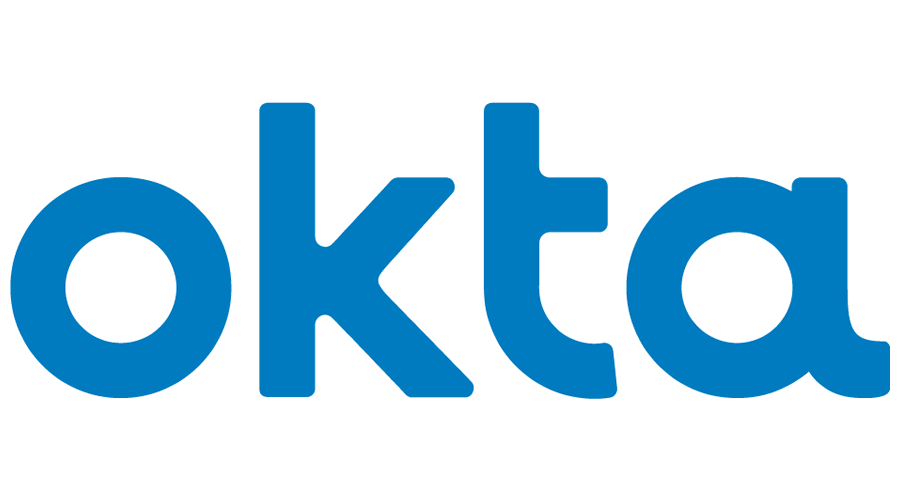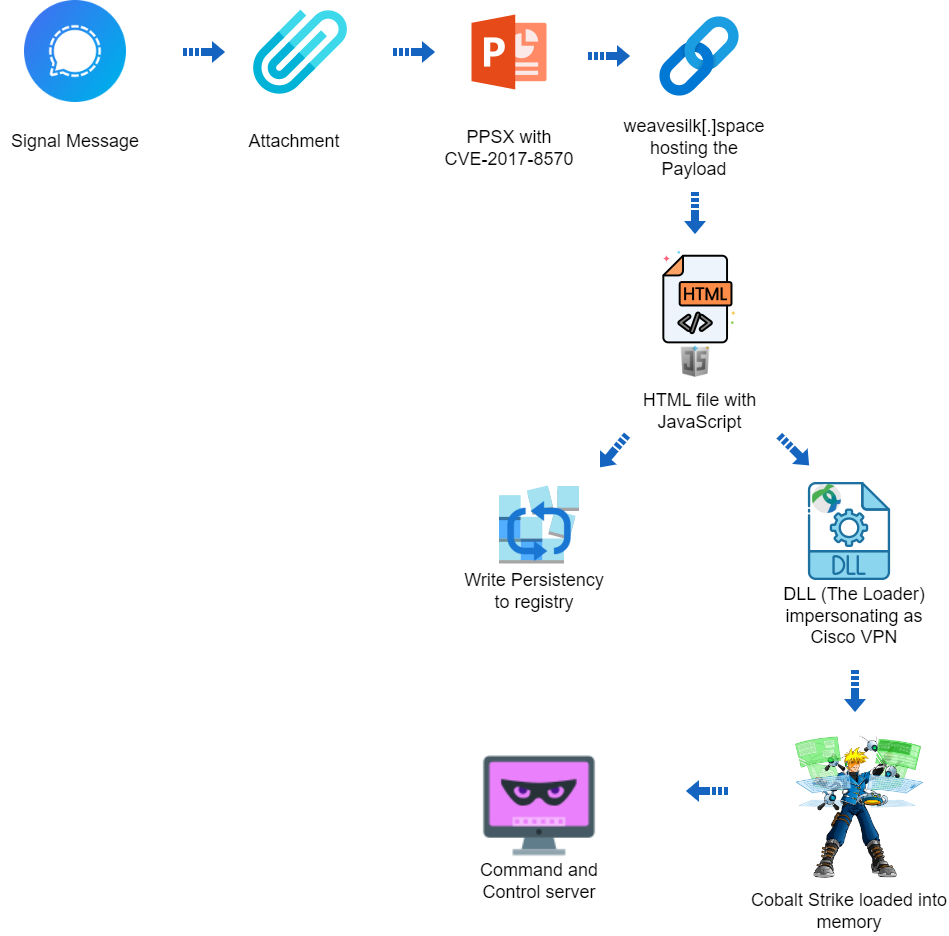
The dystopian 2020s, ’30s, and ’40s depicted in novels and movies written and produced decades ago blessedly seem very far off from the timeline of reality. Yes, we have refrigerators that suggest grocery lists, and we have devices in our pockets that control seemingly every function of our homes. But there aren’t giant robots roaming the streets bellowing orders.
Humans are still very much in control of society. To keep it that way, we must use the latest technological advancements for their main intended purpose: To boost convenience in our busy lives.
The future of technology is bright. With the right attitude, security tools, and a reminder every now and then to look up from our devices, humans will be able to enjoy everything the future of technology holds.
Artificial Intelligence
A look into the future of technology would be incomplete without touching on the applications and impact of artificial intelligence (AI) on everyday tasks. Platforms like ChatGPT , Voice.ai, and Craiyon have thrilled, shocked, and unnerved the world in equal measures. AI has already transformed work life, home life, and free time of everyday people everywhere.
According to McAfee’s Modern Love Research Report, 26% of people would use AI to aid in composing a love note. Plus, more than two-thirds of those surveyed couldn’t tell the difference between a love note written by AI and a human. AI can be a good tool to generate ideas, but replacing genuine human emotion with the words of a computer program could create a shaky foundation for a relationship.
The Center for AI Safety urges that humans must take an active role in using AI responsibly. Cybercriminals and unsavory online characters are already using it maliciously to gain financially and spread incendiary misinformation. For example, AI-generated voice imposters are scamming concerned family members and friends with heartfelt pleas for financial help with a voice that sounds just like their loved one. Voice scams are turning out to be fruitful for scammers: 77% of people polled who received a cloned voice scam lost money as a result.
Even people who aren’t intending mischief can cause a considerable amount when they use AI to cut corners. One lawyer’s testimony went awry when his research partner, ChatGPT, when rogue and completely made up its justification.1 This phenomenon is known as an AI hallucination. It occurs when ChatGPT or other similar AI content generation tool doesn’t know the answer to your question, so it fabricates sources and asserts you that it’s giving you the truth.
Overreliance on ChatGPT’s output and immediately trusting it as truth can lead to an internet rampant with fake news and false accounts. Keep in mind that using ChatGPT introduces risk in the content creation process. Use it responsibly.
Deepfake
Though it’s powered by AI and could fall under the AI section above, deepfake is exploding and deserves its own spotlight. Deepfake technology is the manipulation of videos to digitally transform one person’s appearance resemble someone else, usually a public figure. Deepfake videos are often accompanied by AI-altered voice tracks. Deepfake challenges the accuracy of the common saying, “Seeing is believing.” Now, it’s more difficult than ever to separate fact from fiction.
Not all deepfake uses are nefarious. Deepfake could become a valuable tool in special effects and editing for the gaming and film industries. Additionally, fugitive sketch artists could leverage deepfake to create ultra-realistic portraits of wanted criminals. If you decide to use deepfake to add some flair to your social media feed or portfolio, make sure to add a disclaimer that you altered reality with the technology.
Connected Devices
Currently, it’s estimated that there are more than 15 billion connected devices in the world. A connected device is defined as anything that connects to the internet. In addition to smartphones, computers, and tablets, connected devices also extend to smart refrigerators, smart lightbulbs, smart TVs, virtual home assistants, smart thermostats, etc. By 2030, there may be as many as 29 billion connected devices.2
The growing number of connected devices can be attributed to our desire for convenience. The ability to remote start your car on a frigid morning from the comfort of your home would’ve been a dream in the 1990s. Checking your refrigerator’s contents from the grocery store eliminates the need for a pesky second trip to pick up the items you forgot the first time around.
The downfall of so many connected devices is that it presents crybercriminals literally billions of opportunities to steal people’s personally identifiable information. Each device is a window into your online life, so it’s essential to guard each device to keep cybercriminals away from your important personal details.
What the Future of Technology Holds for You
With the widespread adoption of email, then cellphones, and then social media in the ’80s, ’90s and early 2000s, respectively, people have integrated technology into their daily lives that better helps them connect with other people. More recent technological innovations seem to trend toward how to connect people to their other devices for a seamless digital life.
We shouldn’t ignore that the more devices and online accounts we manage, the more opportunities cybercriminals have to weasel their way into your digital life and put your personally identifiable information at risk. To protect your online privacy, devices, and identity, entrust your digital safety to McAfee+. McAfee+ includes $1 million in identity theft coverage, virtual private network (VPN), Personal Data Cleanup, and more.
The future isn’t a scary place. It’s a place of infinite technological possibilities! Explore them confidently with McAfee+ by your side.
1The New York Times, “Here’s What Happens When Your Lawyer Uses ChatGPT”
2Statista, “Number of Internet of Things (IoT) connected devices worldwide from 2019 to 2021, with forecasts from 2022 to 2030”






